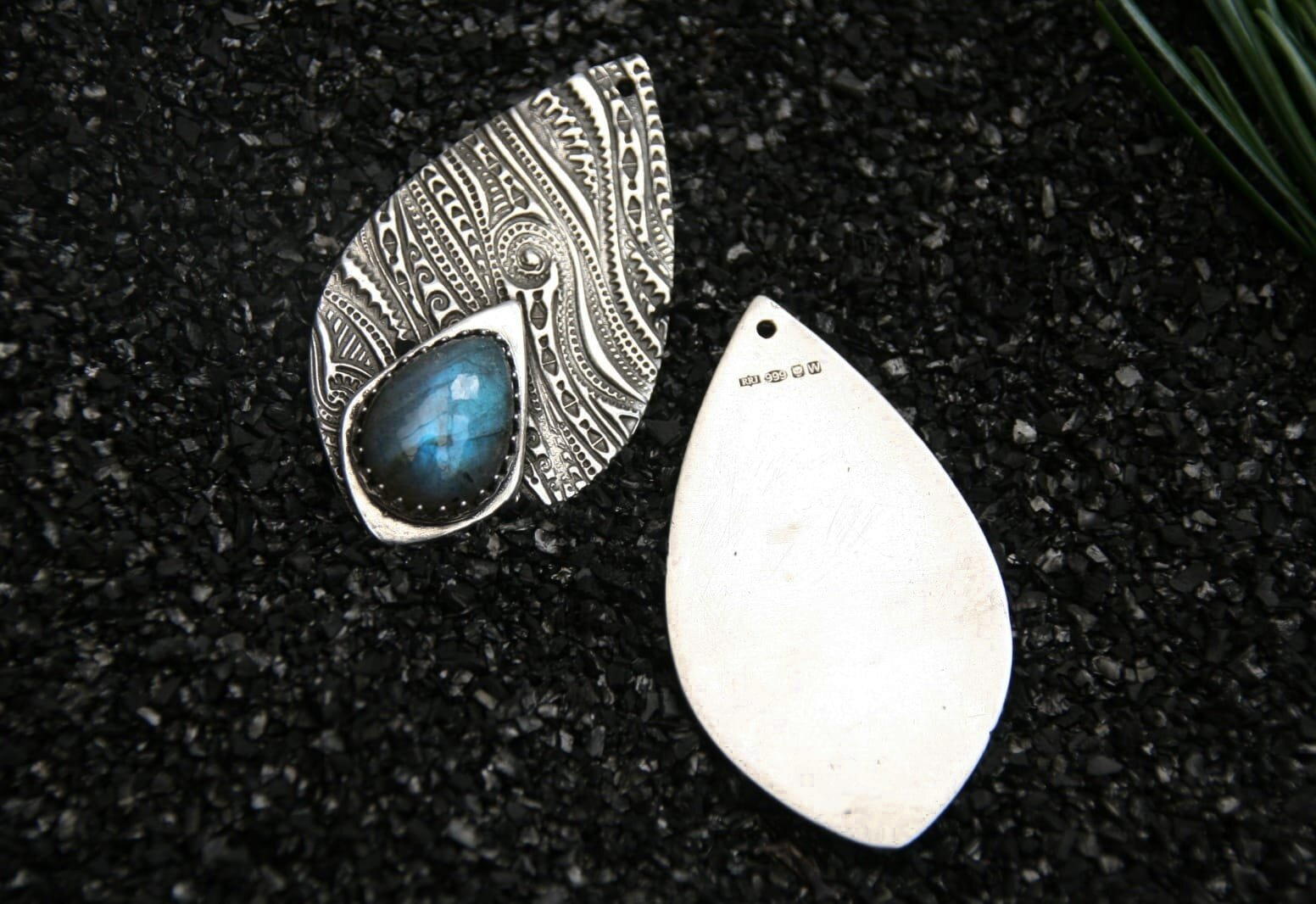
HALLMARKING
“Not all that glitters is made of gold.”
A hallmark is a UK Government seal that’s stamped onto precious metal objects, such as jewellery or silverware, the purpose of which is to certify the metal purity of the item.
In other words, if an object is stamped with a ‘silver’ hallmark, then you know that it is indeed real silver – and not something else that simply looks like silver, or silver plated.
There are four UK assay offices in the UK - Birmingham, Edinburgh, London, and Sheffield, each with their own signifying stamp:
Gold, silver, platinum and, most recently, palladium must all be hallmarked by UK law.
Gold (including all variations of it like white, yellow and rose gold) must be further hallmarked as 9K, 14K, 18K and 22K standards, and so on.
Silver, platinum and palladium must also meet a minimum percentage of purity, e.g. 925 is sterling silver, and 999 is pure'/fine silver which indicates the number of silver particles in 1000.
Because it’s impossible to tell how pure a precious metal item is by simply looking at it, only official assaying can guarantee standards. Compulsory hallmarking means that the public will always have a guarantee of genuine quality in their jewellery. Likewise, the trade of legitimate jewellers is protected from unlawful competitors who might try to pass off lower quality jewellery as the “real deal”.
The hallmarking law exempts precious metal objects that weigh under a certain number of grams. This could mean small jewellery items like stud earrings or pendants. Jewellery does not have to be hallmarked if it weighs under 1g for gold and 7.78g for silver which is why you’ll find most of our smaller pieces are not hallmarked (this service can be if requested on any piece at an additional charge).




